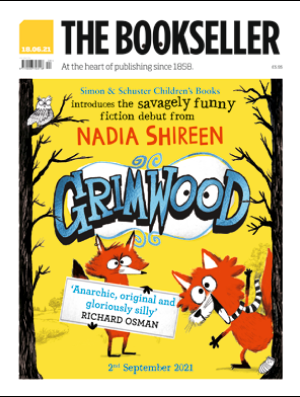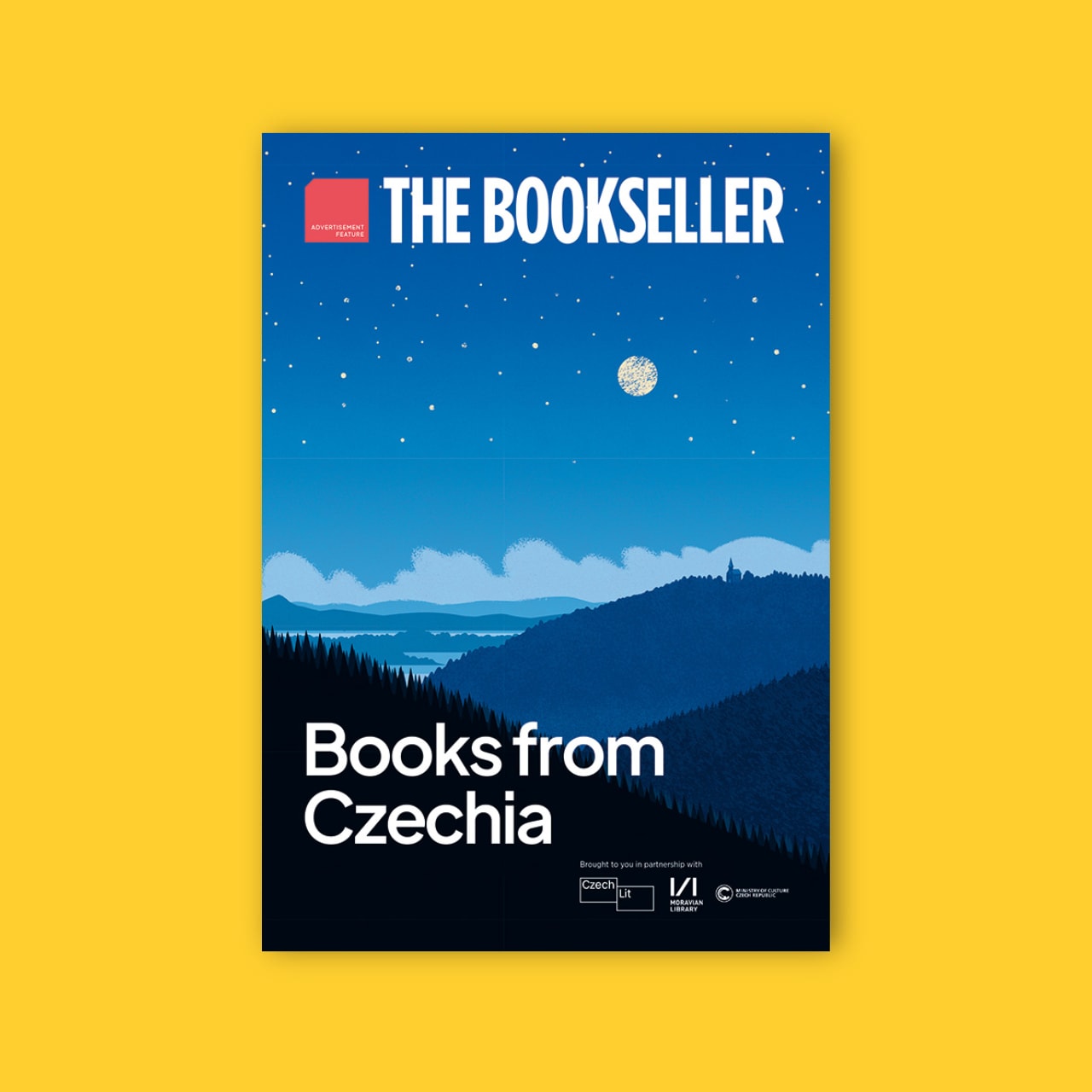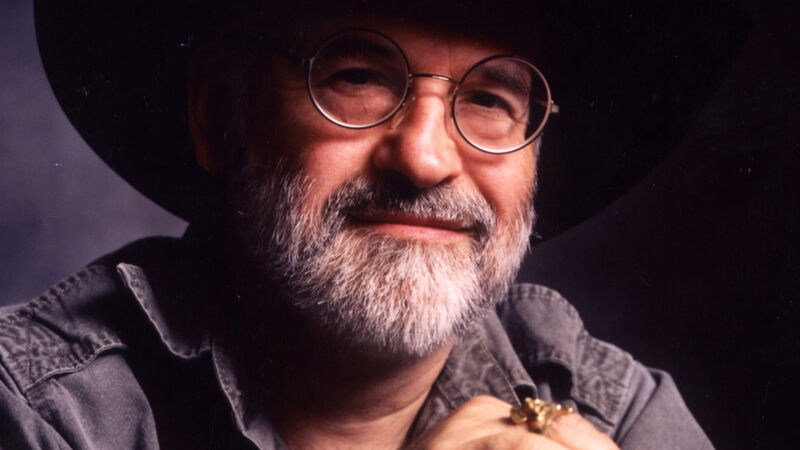Pulling back from the edge
Publishing has a blind spot when it comes to what kids really want.
Like many experienced children’s authors and illustrators, I have done thousands of events and workshops for kids to promote my books. I normally start by asking them what they like to read – and that’s any type of reading, any format. For the key age of 8-12, I used to hear a good range of books, but it’s been getting smaller. Lately, I get a lot of Wimpy Kid and Dog Man. They’re both very light reads, Dog Man in particular, and it’s an outlier because it’s a series of books with 200-plus pages printed in full colour. That’s the kind of budget you could only justify for someone like the creator of Captain Underpants.
I think there’s a cliff edge ahead of publishing that’s hard to see because most children’s books aren’t bought by children, and most YA books are read by adults. It’s creating a kind of blind spot between publishing and young readers.
I’ve long believed that we have to be careful not to make phones the "enemy" of reading, and reading online is still valid, even if it’s on social media. In fact, I think it’s fascinating that we now have a generation who read and write socially as much as they speak, something that’s never happened before.
But I’ve long been concerned about reading stamina – the ability to read at length and in depth (mine included). What has changed over the past few years is that kids in that important 8-12 age range are even reading less on screens, because video – particularly short-form video – is so much easier to access. TikTok has nailed the addictive system with eerie accuracy; your brain doesn’t stand a chance against its billion-dollar, attention-grabbing tech, with the next video set up on autoplay. Meanwhile, over in the book world, publishers are looking for a countermeasure, and for this age group it’s often a wacky read with minimalist cartoon illustrations.
And where are the readers expected to go from there? Into novels, of course. But even a lot of these "light" reads are pretty thick books, and if you want a more serious story, it’s going to be a longer read. Unless it’s a comic. Although I love comics, they’re expensive to produce because of the artwork, and like books, the style of illustration is often dictated almost as much by budget as genre. If they’re in full colour, they’re very expensive to print. They also take a long time to create compared with how fast you read them. Ask any comic publisher about the economics of the format.
I think there’s a cliff edge ahead of publishing that’s hard to see because most children’s books aren’t bought by children, and most YA books are read by adults
Can a reader find the right comic for their tastes? Absolutely. Can they find one after another after another? That’s a lot harder. There’s no TikTok or YouTube putting your next free, algorithmically accurate comic in front of you to read there and then. Video is easier to consume and there’s a non-stop feed. We’re hitting a point now where the kids getting a phone as they head into the top classes of primary, are being distracted away from books at the very age where we’re used to losing so many already. And some of that has always been down to a flaw in how our industry works.
Publishing, particularly children’s publishing, doesn’t pay very well, so the people who work in it tend to be there because they love books. It makes it a really nice industry to work in. I like it here. But it also gives us a skewed view of what a reader is. Deep in our hearts, most of us believe that every child is, potentially, a reader like we used to be. Spend any time in a classroom and you’ll know that’s not the case, any more than we are all into sports. We’re an industry of passionate readers who make books for the kids we used to be – kids who were reading novels from the age of 8 or 9, who could fantasise based on the words on those pages, who stayed up late, spellbound by text. We really do try to accommodate the readers who aren’t like that, but it doesn’t come naturally to us.
The light formats like Wimpy Kid and Dog Man are a response to this, but it’s a limited response, because the assumption is that if you want a book, as opposed to a comic, that doesn’t fit the wacky template, you want a normal book. And beyond the age of 10, you want a middle-grade novel.
Short format, easy-to-read books for older readers, the so-called high-low category, are seen as kind of niche. Though they’re a lot more accepted than they used to be, they’re still a sideline market. We have to start thinking of them as the mainstream, because those readers are the majority of the market.
The tech world is changing readers and, if we don’t get in front of this, they’ll keep setting the terms. "High-low" books need to become the norm; we need short, sharp reads in every genre, that can lead older readers onto longer texts. These books are quicker to write than novels, and lighter on illustration than comics, so they’d be cheaper to produce. We could also illustrate them in very different styles – not everything has to come with zany, simple cartoons – and we need more one-off stories, rather than series with ongoing narratives, so that each one is a potential first read.
We all know the benefits of reading for long periods over being online but, for that age group, we have to make the climb to fluent reading as easy as possible. We cannot let them fall through the gap that our slow pace of change has created.


















